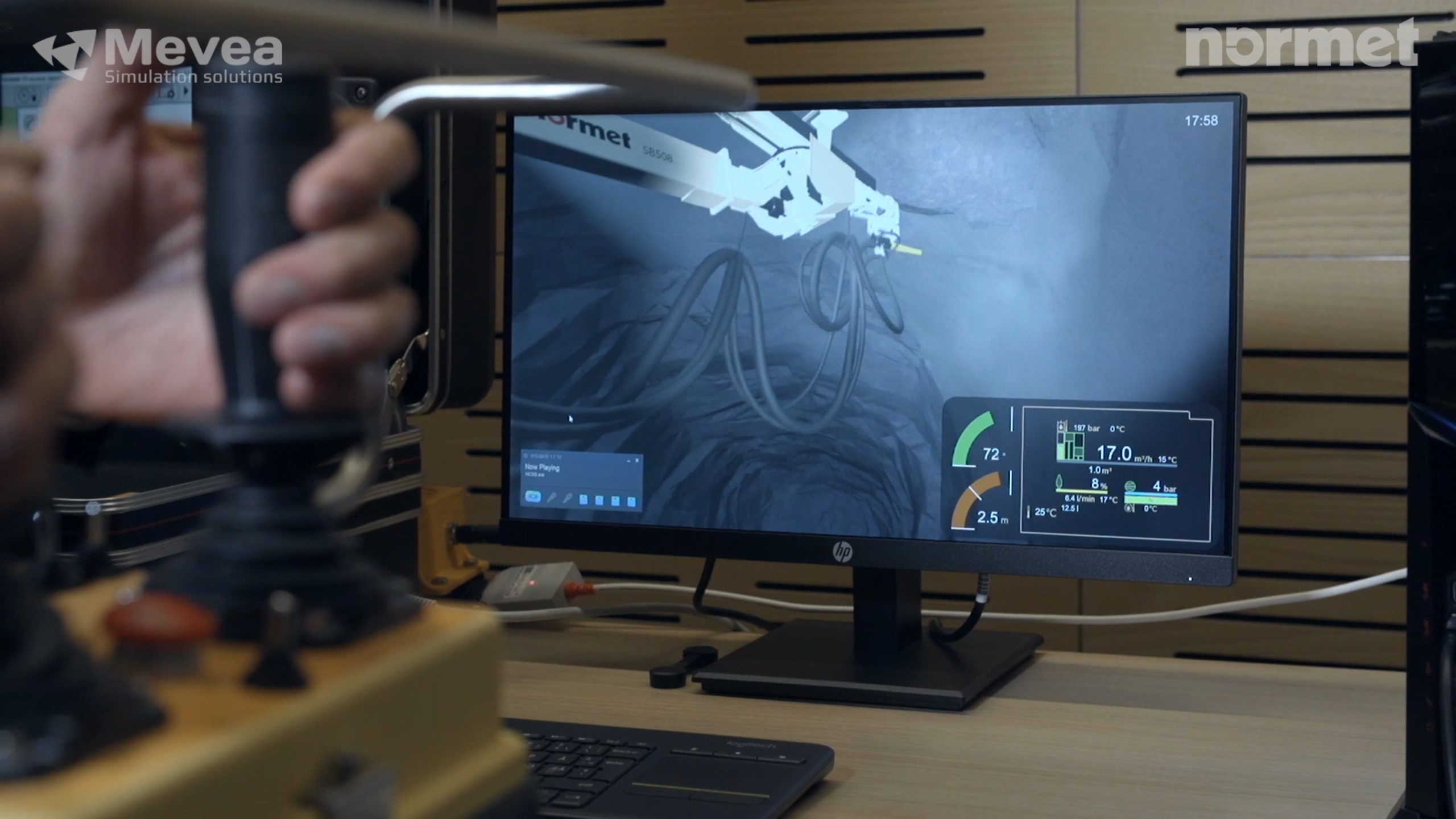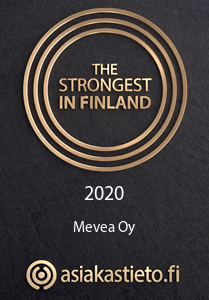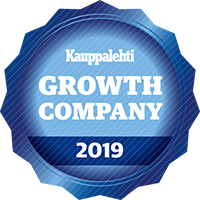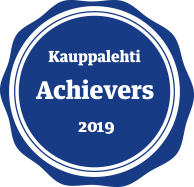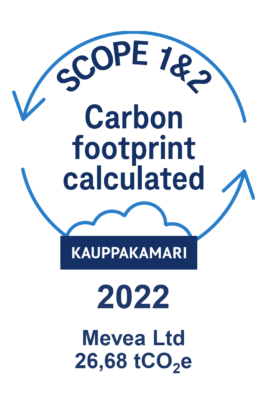Digital Twin brings value throughout the product lifecycle
Normet is a provider of underground mining and tunneling equipment, construction chemicals, and rock reinforcement solutions and services, operating in over 50 locations and 28 countries. Digital Twins help Normet throughout the product lifecycle from R&D to prototyping, marketing, and end-user training, and have shortened the lead-time to market for new machines.
Normet utilizes Digital Twin -based simulators during the whole life cycle of concrete spraying and scaling equipment. The Digital Twin is initially used for R&D and testing of new product models and software, then applied to prototyping. After the product launch, the same simulators collect feedback from customers on further product development needs, are used for customer training, and the user interfaces are translated into different languages for marketing purposes. Normet is able to develop parts of the simulators themselves but cooperates with Mevea in developing more advanced physics simulation.
Simulation speeds up the learning curve
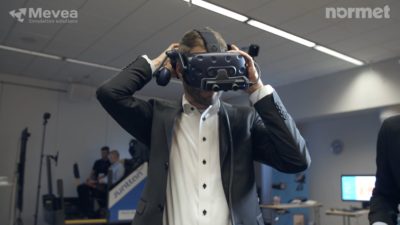
The cooperation between Normet and Mevea has lasted for over a decade. The first simulator was developed for concrete spraying equipment training, and new versions of the spraying rig and scaling simulators have been developed together over the years. “Our first simulators were created for a 2D environment, the next generation was built with more screens giving more comprehensive visual feedback for the trainee, and now we use virtual and mixed reality,” explains Kalle Määttä, Senior Automation Development Engineer at Normet.
The chemicals used in concrete spraying are very expensive, and training with real machines would be costly. The scaling process is dangerous to train in real conditions at the site. The simulators train the operators in realistic environments to enhance their competency of using Normet’s equipment. “Simulators speed up the operator learning curve compared to conventional training methods, and safety procedures can be easily tested in the simulator environment,” Määttä says.
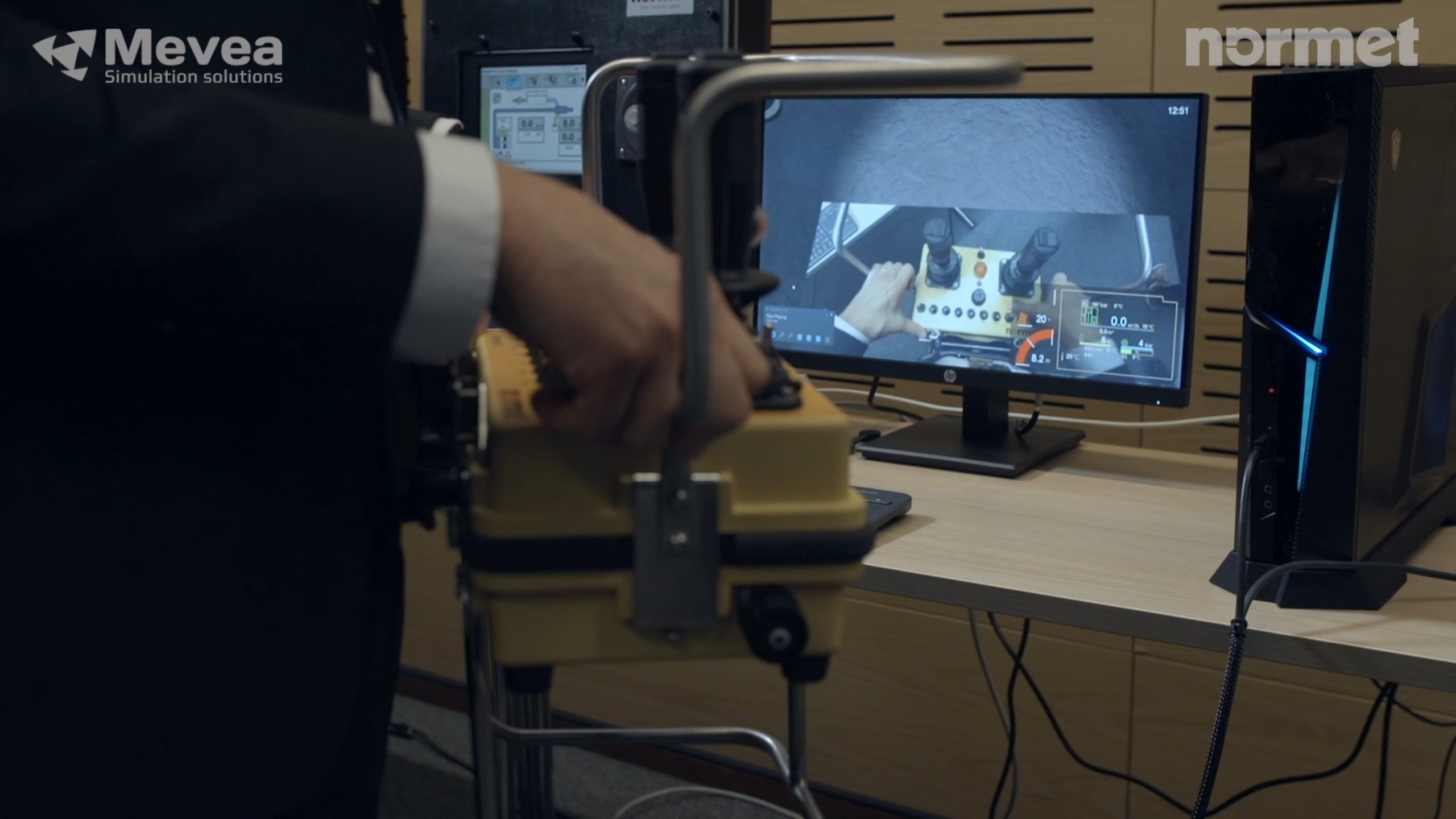
Digital Twins shorten lead-time to market
Normet continuously develops new products and increases the level of automation for concrete spraying, mining and tunneling applications. The amount of software and equipment testing required for product development would be difficult to arrange without the help of simulators. “Before the simulation, we had to test our software and new features in the machine itself. Running the iterations in real machines and arranging the test environment – concrete, additives, and materials to the trainers – is expensive. It is much more cost-efficient to use simulators and virtual reality,” Määttä explains.
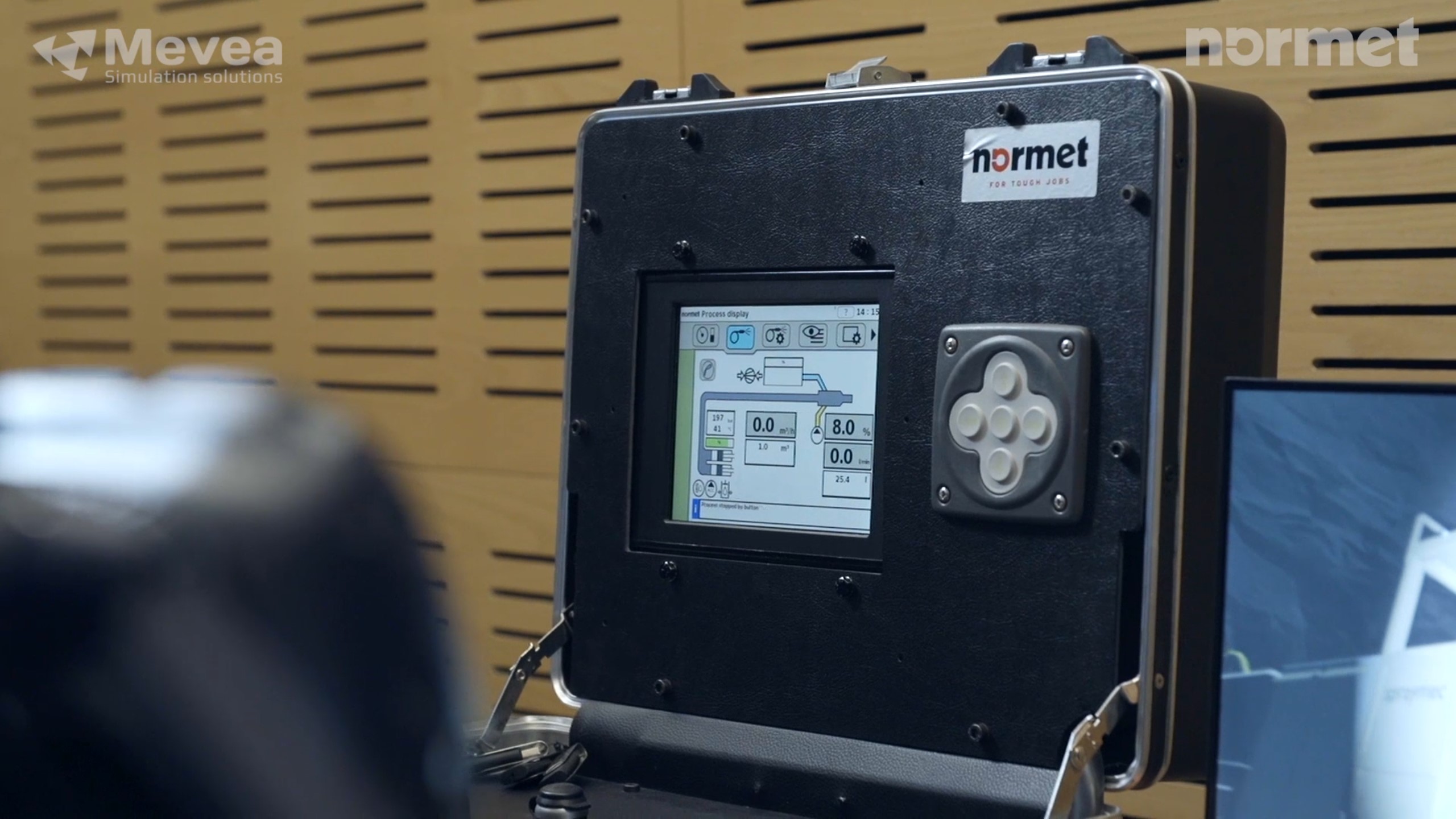
Utilizing the Digital Twin also speeds up new product development. “For instance in R&D we can design a new kind of spraying boom, test part of the boom or cabin, and verify the quality of our new solution with our customers before ordering any actual parts for the machine. If something needs further development, we design the products together in virtual reality. We expected to shorten lead-time to market using simulators, so we wouldn’t have to build many real-life prototypes – and this is exactly what has happened,” says Määttä.
Automating spraying with the help of Digital Twins
Conventionally, the operator must know in which direction and how much to spray concrete to create an even and thick enough layer on the wall to enforce the rock. Utilizing Mevea’s Digital Twin technology, the SmartSpray concrete spraying system was developed to help operators in the process: they don’t have to control all the separate joints of the boom, but only the spraying nozzle. SmartSpray automatically adjusts the layer thickness to the wall. “This improves the quality and decreases the amount of concrete sprayed, improving the efficiency of the spraying process. The machine can also autonomously spray the concrete, so you can automate the process further,” Määttä explains.
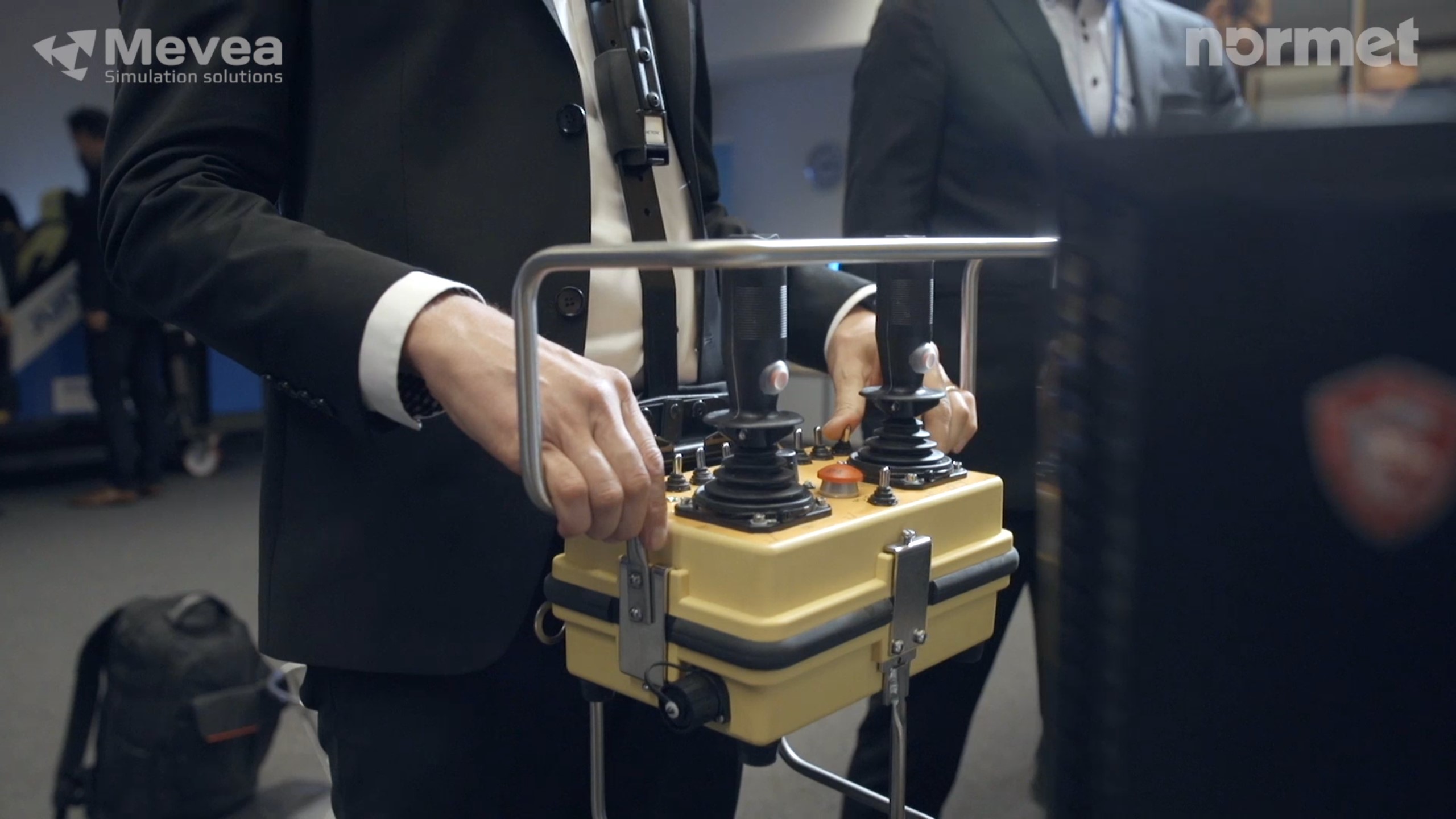
“The SmartSpray system is a good equivalent to the real machine, so we can reliably test our algorithms based on the simulation. The feedback from the simulator makes the operator feel like they are working on the real site: in spraying, they get the real rebound, the real layer thickness values and all the process aspects from the simulator. The solution brings savings in spraying rebound, increases spraying quality and improves the ergonomics of the operators,” concludes Määttä.

We expected to shorten lead-time to market using simulators, so we wouldn’t have to build many real-life prototypes – and this is exactly what has happened.
Kalle Määttä, Senior Automation Development Engineer, Normet
